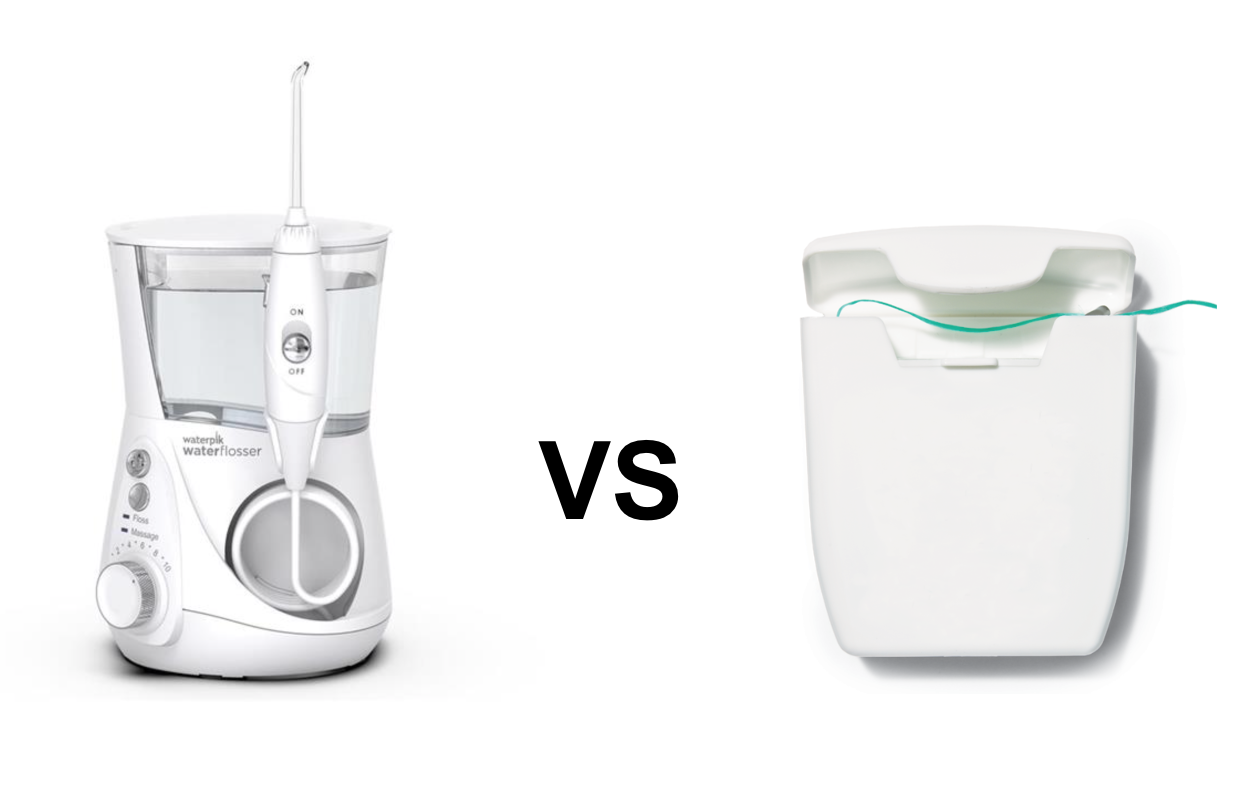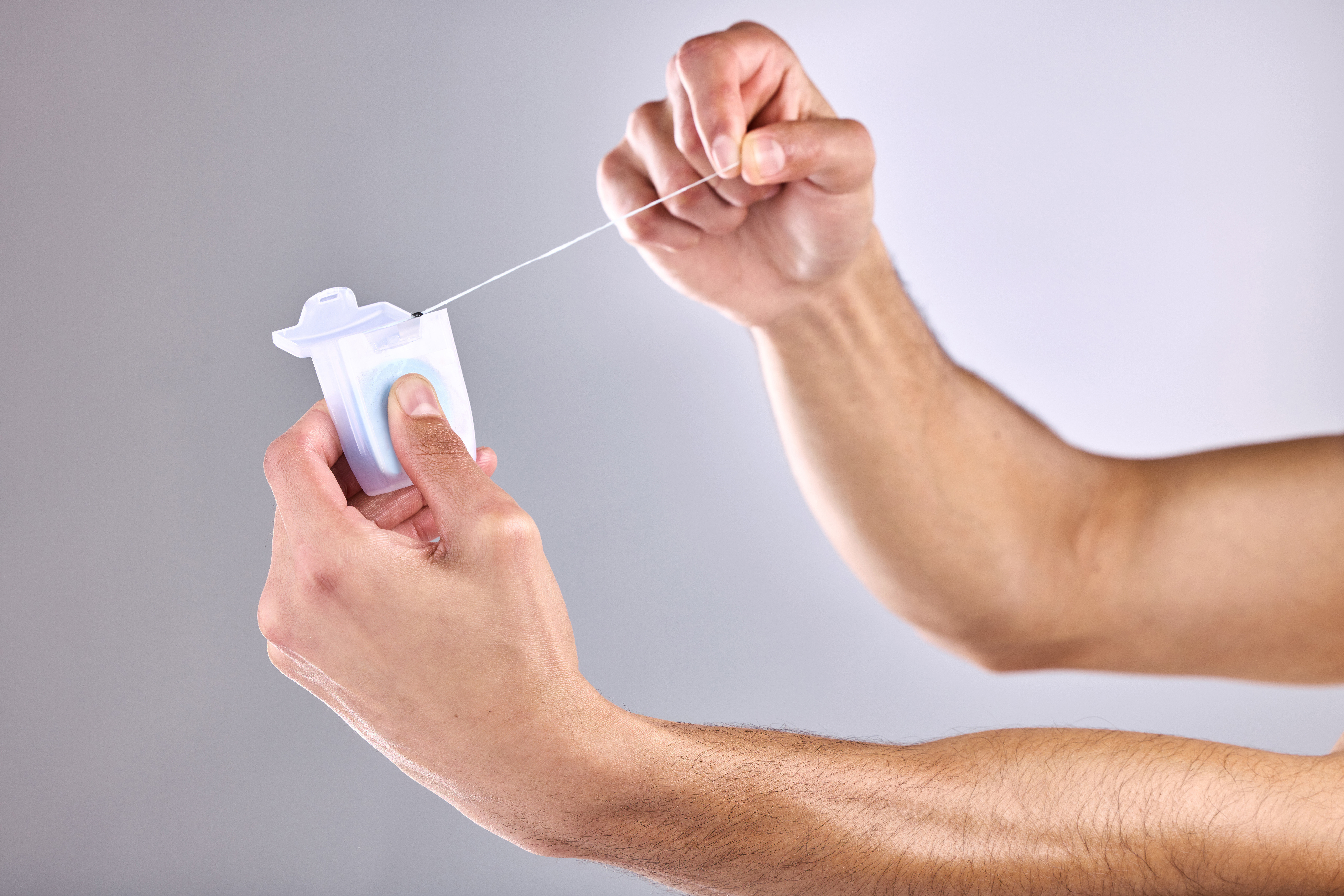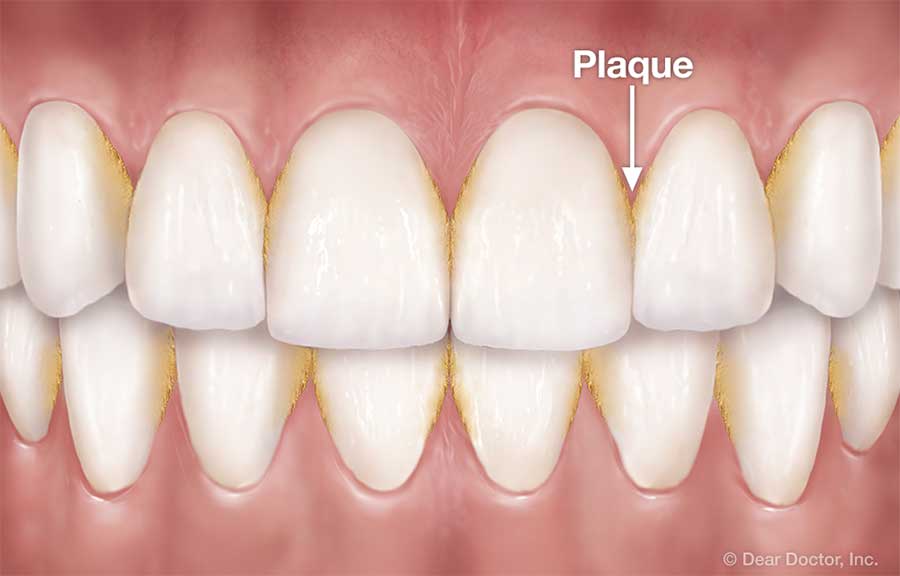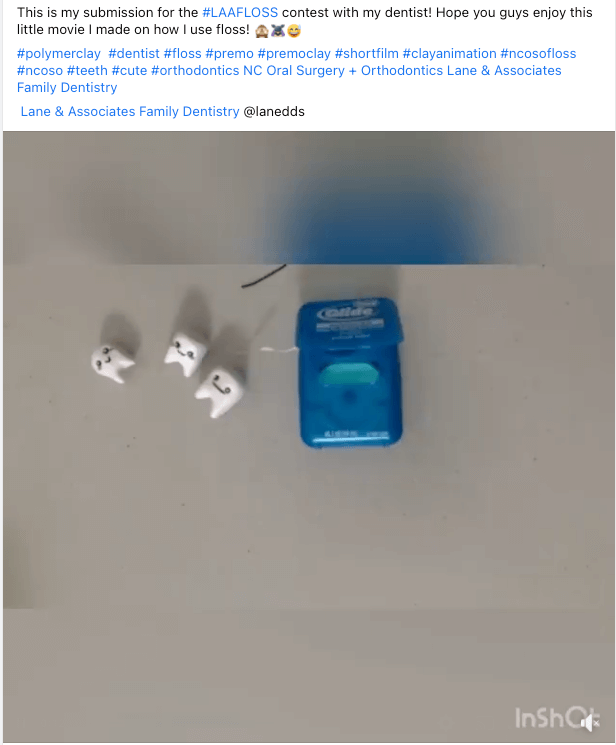The Ultimate Guide to Better Oral Health
Keeping your teeth clean is important for your overall health. You probably know that brushing twice a day helps, but what about cleaning between your teeth? That’s where flossing comes in. Today, you have two main choices: the classic string floss or the newer water flosser. But which one works better for you?
This guide will help you understand both options. We’ll explore how each method works, their benefits and drawbacks, and which situations call for each tool. By the end, you’ll know exactly which flossing method fits your oral health needs.

Understanding the Basics of Flossing
Before we dive into comparing tools, let’s talk about why flossing matters. Your toothbrush can’t reach everything. Food particles and plaque hide between your teeth and below your gum line. When these stay there too long, they cause problems.
Plaque is a sticky film of bacteria that forms on your teeth. If you don’t remove it, it hardens into tartar. This can lead to gingivitis, which is the early stage of gum disease. Your gums become red, swollen, and may bleed when you brush or floss.
The American Dental Association recommends cleaning between your teeth once daily. This simple habit can prevent serious dental problems down the road.
What Is a Water Flosser?
A water flosser is a handheld device that shoots streams of water at your teeth and gums. Some people call it an oral irrigator or by the brand name Waterpik. The device has a water reservoir and a small tip that you point between your teeth.
How Water Flossers Work
The device pumps water through the tip in steady pulses. You can usually adjust the pressure to make it comfortable for your gums. The water stream removes food particles and plaque from areas your toothbrush can’t reach.
Most water flossers plug into the wall, but you can also find cordless models that run on batteries. The tips come in different shapes for various cleaning needs.
Benefits of Using a Water Flosser
Water flossers offer several advantages:
- Gentle on sensitive gums: The water is softer than string floss, making it more comfortable for people with tender gums
- Great for dental work: If you have braces, a temporary bridge, or dental bridge front teeth, water flossers clean around these devices easily
- Reaches deep pockets: The water can get below the gum line better than traditional floss
- Easy to use: People with arthritis or limited hand movement often find water flossers simpler to handle
- Massages gums: The water pressure can help improve blood flow to your gums
- Reduces gingivitis: Studies show water flossers can help reduce gum inflammation
Drawbacks of Water Flossers
However, water flossers have some downsides:
- Higher cost: They cost more upfront than string floss
- Need counter space: The device takes up room in your bathroom
- Requires electricity: You need an outlet nearby
- Can be messy: Water might splash around your sink
- Not as portable: Harder to travel with than string floss

Understanding String Floss
String floss, also called dental floss, is the traditional way to clean between teeth. It’s a thin thread that you wrap around your fingers and guide between your teeth.
How String Floss Works
You take about 18 inches of floss and wrap most of it around your middle fingers. Using your thumbs and index fingers, you guide the floss between your teeth. You curve it into a C-shape around each tooth and gently move it up and down.
String floss comes in different types:
- Waxed: Slides easier between tight teeth
- Unwaxed: Some people prefer the feel
- Flavored: Mint or other flavors make flossing more pleasant
- Tape: Wider and flatter, good for people with gaps between teeth
Benefits of String Floss
String floss has several advantages:
- Inexpensive: Very affordable compared to water flossers
- Portable: Easy to carry anywhere
- No setup needed: Ready to use anytime
- Effective cleaning: Physically scrapes plaque off teeth
- Widely available: You can buy it almost anywhere
- No electricity required: Works anywhere, anytime
Drawbacks of String Floss
String floss also has some challenges:
- Requires technique: Takes practice to do it correctly
- Can cut gums: Rough handling might cause bleeding
- Hard for some people: Difficult if you have arthritis or limited mobility
- Tough with dental work: Harder to use with braces or bridges
- Can break: Sometimes snaps between tight teeth
Water Flosser vs String Floss: Head-to-Head Comparison
Let’s compare these two methods across different factors that matter most to your oral health.
Effectiveness at Removing Plaque
Both methods remove plaque, but they work differently. String floss physically scrapes plaque off your teeth. It’s very effective at removing the sticky buildup from tooth surfaces.
Water flossers use water pressure to flush out loose particles and bacteria. They’re particularly good at cleaning below the gum line and in hard-to-reach areas.
Research shows that both methods reduce gingivitis when used properly. However, water flossers may have a slight edge for reducing gum inflammation.
Ease of Use
Water flossers win when it comes to ease of use. You simply point and spray. This makes them great for:
- Children who are learning to floss
- Elderly people with limited hand movement
- Anyone with arthritis or other mobility issues
- People who find string floss frustrating
String floss requires more skill and coordination. You need to learn the proper technique to avoid injuring your gums.
Cost Comparison
String floss is much cheaper upfront. A pack costs just a few dollars and lasts for months. Water flossers range from $30 to over $100, plus you’ll need replacement tips.
However, consider the long-term value. If a water flosser helps you floss regularly when you wouldn’t otherwise, it could save you money on dental treatments.
Best for Different Dental Conditions
Different oral health situations call for different tools:
Water flossers work best for:
- People with braces
- Those with temporary bridge or permanent bridges
- Anyone with deep gum pockets
- People with sensitive or inflamed gums
- Those who struggle with traditional flossing technique
String floss works best for:
- People with very tight spaces between teeth
- Those who travel frequently
- Anyone on a tight budget
- People who prefer the “scraping” feeling of thorough cleaning
Addressing Common Concerns
Can Waterpik Cause Gum Recession?
This is a common worry. When used correctly, water flossers don’t cause gum recession. In fact, they may help prevent it by reducing gum inflammation.
However, using too much pressure or holding the tip too close to your gums could potentially cause problems. Always start with the lowest pressure setting and gradually increase as your gums get used to the sensation.
If you notice any gum irritation or recession, lower the pressure or talk to your dentist.
Are Water Flossers Safe for Everyone?
Water flossers are generally safe for most people. They’re especially helpful for those with:
- Periodontal disease
- Gingivitis
- Dental implants
- Crowns or bridges
- Braces or other orthodontic devices
However, if you have specific dental conditions or concerns, check with your dentist before starting any new oral care routine.

Making the Right Choice for You
Choosing between a water flosser and string floss depends on your specific needs. Consider these factors:
Choose a Water Flosser If You:
- Have dental work like braces, bridges, or implants
- Struggle with traditional flossing technique
- Have mobility issues that make string floss difficult
- Experience bleeding or sensitive gums with string floss
- Want something that feels gentler on your gums
- Don’t mind the higher upfront cost
Choose String Floss If You:
- Travel frequently and need something portable
- Have very tight spaces between teeth
- Prefer the thorough scraping feeling
- Want the most affordable option
- Have limited counter space in your bathroom
- Don’t have access to electricity where you floss
Consider Using Both
You don’t have to choose just one method. Many dental professionals suggest using both tools for optimal oral health. You might use string floss for thorough plaque removal and a water flosser for gentle gum massage and hard-to-reach areas.
Tips for Success with Either Method
Regardless of which tool you choose, these tips will help you get the best results:
For Water Flosser Users:
- Start with the lowest pressure setting
- Point the tip at a 90-degree angle to your gum line
- Work systematically around your mouth
- Don’t forget the back teeth
- Replace tips every 3-6 months
- Clean your water reservoir regularly
For String Floss Users:
- Use about 18 inches of floss
- Wind most of it around your middle fingers
- Use gentle up-and-down motions
- Curve the floss around each tooth
- Use a clean section for each tooth
- Don’t snap the floss into your gums
The Bottom Line on Oral Health
Whether you choose a water flosser, string floss, or both, the most important thing is consistency. Cleaning between your teeth daily makes a huge difference in your oral health.
Remember that flossing is just one part of good oral hygiene. You also need to:
- Brush your teeth twice daily for two minutes
- Use fluoride toothpaste
- Visit your dentist regularly for checkups and cleanings
- Consider using mouthwash for extra protection
Get Professional Guidance at Lane and Associates
Choosing the right oral care tools can feel overwhelming. That’s where professional guidance makes all the difference. At Lane and Associates, our experienced dentists and hygienists can evaluate your specific oral health needs and recommend the best flossing method for you.
We understand that every patient is unique. Whether you have a temporary bridge, dental bridge front teeth, sensitive gums, or just want to prevent gingivitis, we’ll create a personalized oral care plan that works for your lifestyle and budget.
Our team stays current on the latest dental research and products. We can show you proper techniques for both water flossers and string floss, helping you get the best results from whichever method you choose.
Don’t let uncertainty about oral care hold you back from a healthy smile. Schedule an appointment with Lane and Associates today. We’ll help you build an oral hygiene routine that keeps your teeth and gums healthy for years to come.
Your smile is worth the investment. Let us help you protect it with the right tools and techniques for your unique needs.








